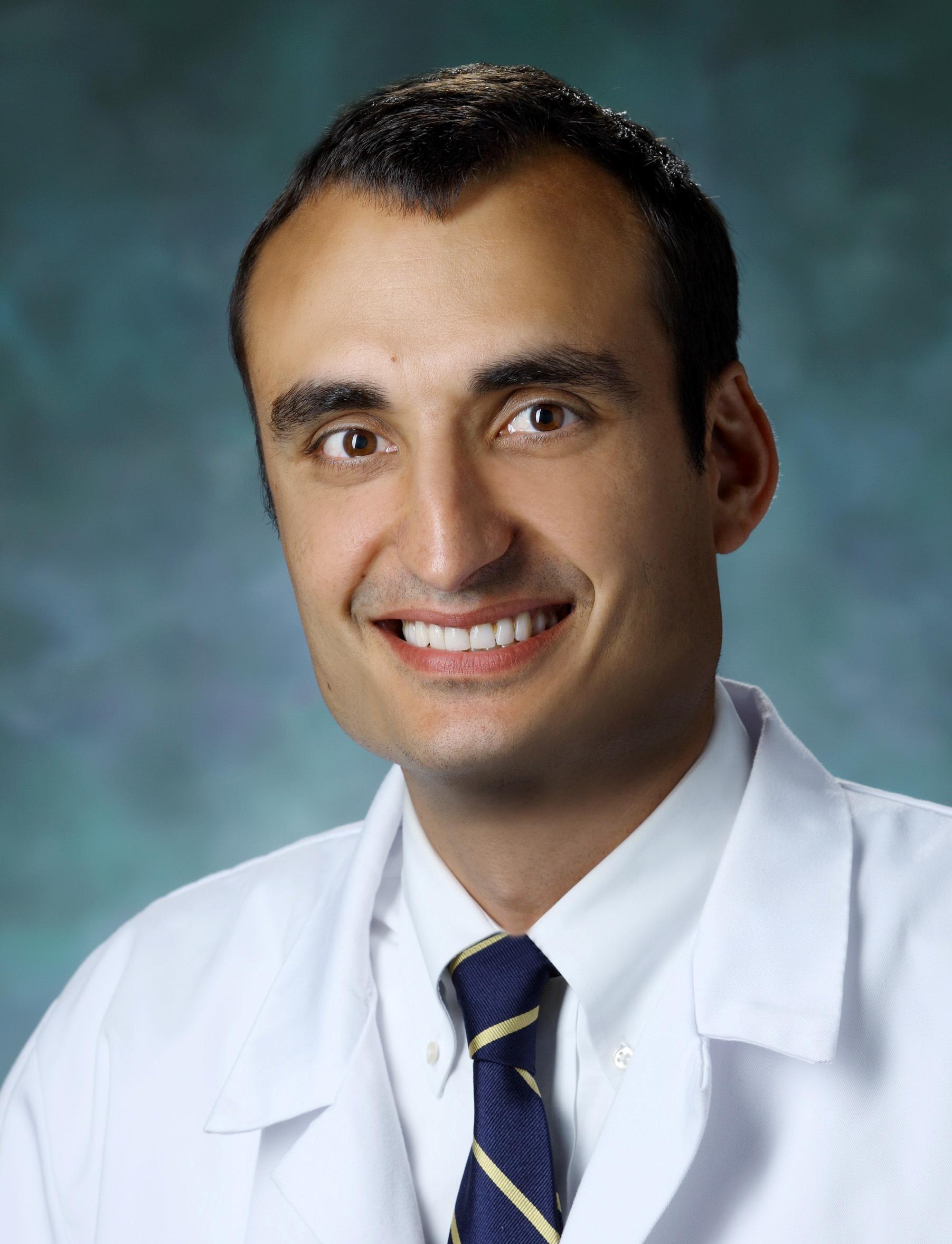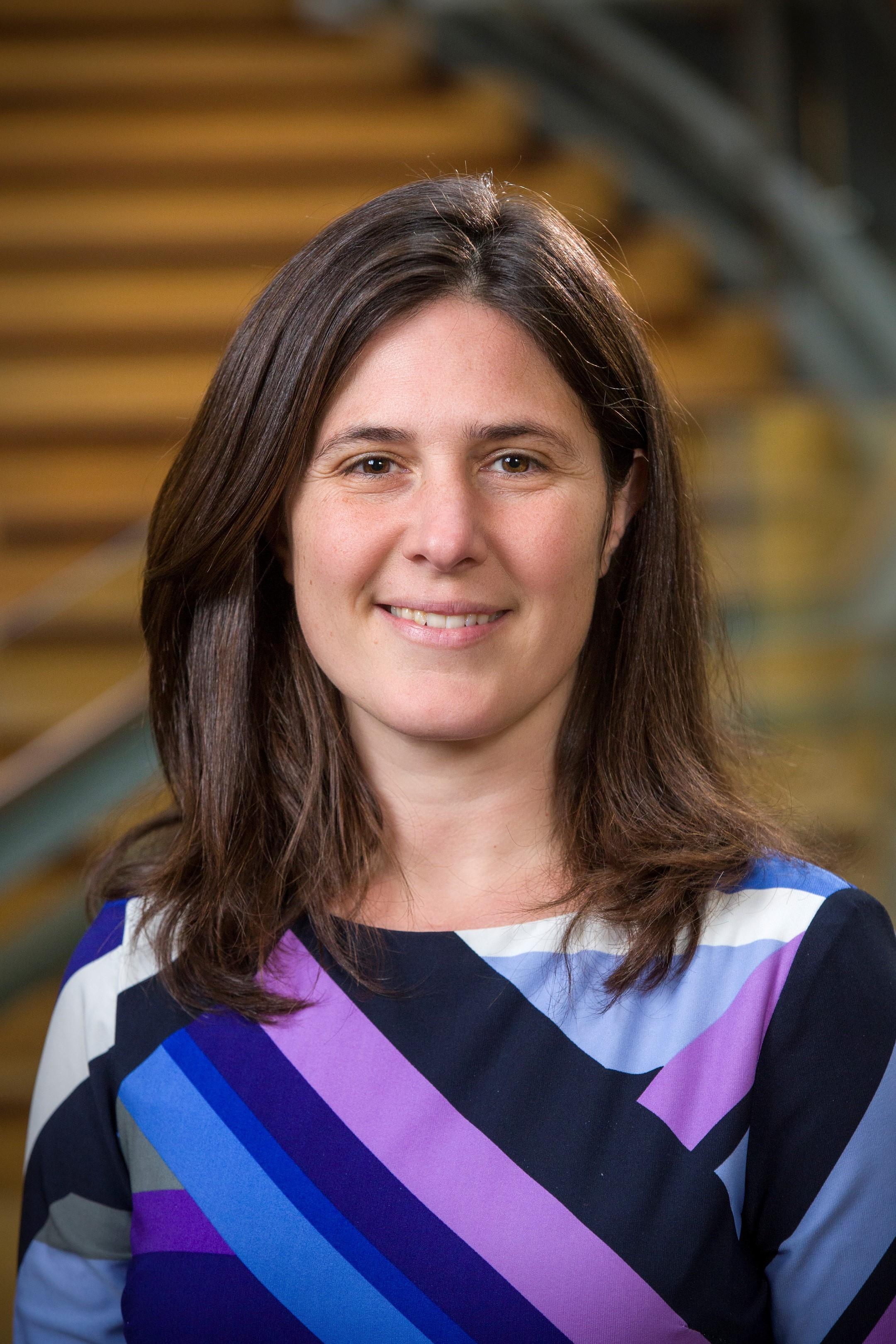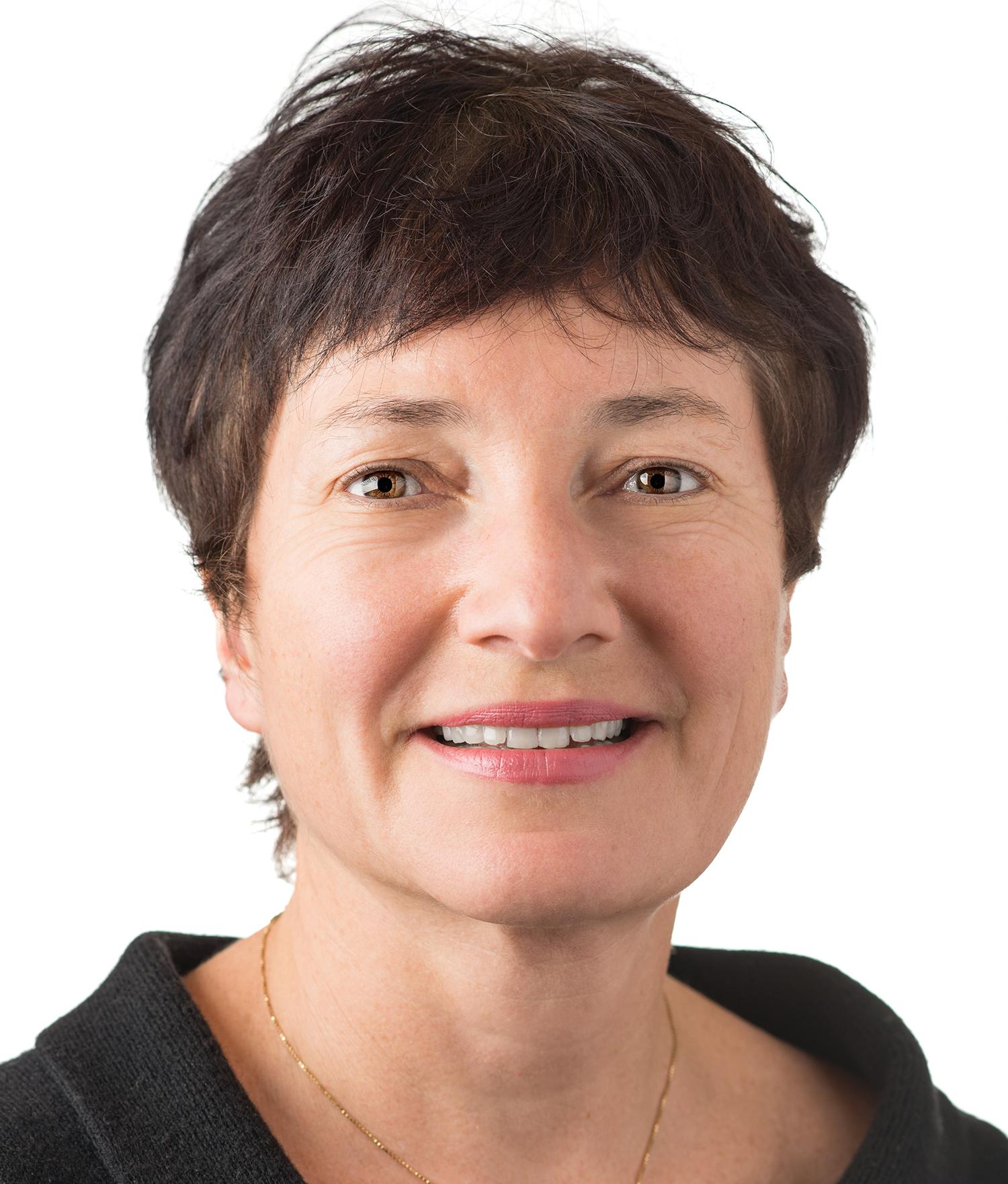AT-HOME




Summary
Telemedicine and smartphone-based remote sensor assessments represent particularly promising opportunities to streamline study conduct, reduce participant burden, and allow for the collection of data beyond the usual episodic, in-clinic assessments. Demonstrating the utility of these relatively inexpensive accessible platforms for the measurement of PD progression would also establish the infrastructure for long-term follow up of participants after completion of interventional studies.
STEADY-PD3 (a.k.a. STEADY-PD III) and SURE-PD3 were both designed as phase 3 trials of potential disease-modifying interventions in PD. In both studies, early, largely untreated PD participants were randomized in 1:1 allocation to active therapy versus placebo with longitudinal follow up for three and two years, respectively. Both studies include collection of blood plasma and DNA samples, which along with rigorously collected clinical data will become part of the Parkinson's Disease Biomarker Program (PDBP), providing valuable resources for biomarker development. Long-term observation of participants from these two trials, together comprising ~600 early PD subjects, is invaluable not only in characterizing any persistent or delayed benefits of either randomized treatment but also in the development of tele-health outcomes to facilitate future interventional trials in PD and of neurotherapeutics more broadly.
Challenges of traditional long-term follow up of large cohorts are the high cost of in-clinic assessment, the high dropout rates and the need to maintain multi-site infrastructure. The objective of this study is to leverage modern technology to develop, pilot and implement a 100% virtual model for long-term follow up utilizing telemedicine and smartphone platforms for quantitative monitoring of clinician- and patient-reported outcomes. This cohort may also serve to test feasibility of new technology platforms as they become available.